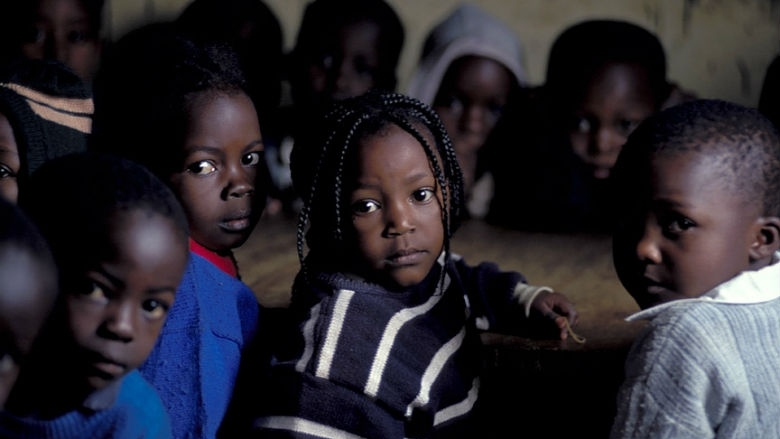Background: The last several decades have seen large increases in the number of students attending and completing primary school in Sub-Saharan Africa, but learning poverty remains high. Taking advantage of a lottery to give more than 10,000 scholarships to schools operated by the for-profit Bridge International Academies, researchers test the impacts of an approach to standardize and codify multiple components of the education system: pedagogy, school construction, and management.
| Research area: | Education |
| Country: | Kenya |
| Evaluation Sample: | Scholarship applicants to Bridge International Academies |
| Timeline: | 2016-2022 |
| Intervention: | Scholarships to Bridge International Academies |
| Researchers: | Guthrie Gray-Lobe, University of Chicago, Anthony Keats, Wesleyan University; Michael Kremer, University of Chicago; Isaac Mbiti, University of Virginia; Owen Ozier, Williams College |
Context
Bridge International Academies, founded in 2009, attracted support from Mark Zuckerberg, Bill Gates, DFID, and the International Finance Corporation, and at one point had tens of thousands of students enrolled in hundreds of schools in multiple countries, including Kenya. Proponents argued that Bridge offers an opportunity to expand access to quality education by employing technology and standardizing school quality: tablets delivered detailed and highly scripted lesson plans to teachers; school heads also regularly rated teachers’ performance in a structured way; other aspects of education like financial management and school construction were also standardized across schools and outside the discretion of school management. Critics argued that Bridge’s teachers were less qualified than teachers in free public schools; that the chain of schools did not follow the Kenyan curriculum or use government-approved textbooks; that its facilities did not meet government standards; that its labor practices led to high teacher turnover; and that it was not cost-effective, among other things. An evaluation by Innovations for Poverty Action and the Center for Global Development examined a program under which Liberia contracted out management of public schools to several operators, including Bridge, but it was not designed to examine Bridge specifically and the context was very different than that in Kenya, where most of Bridge pupils are currently enrolled.
